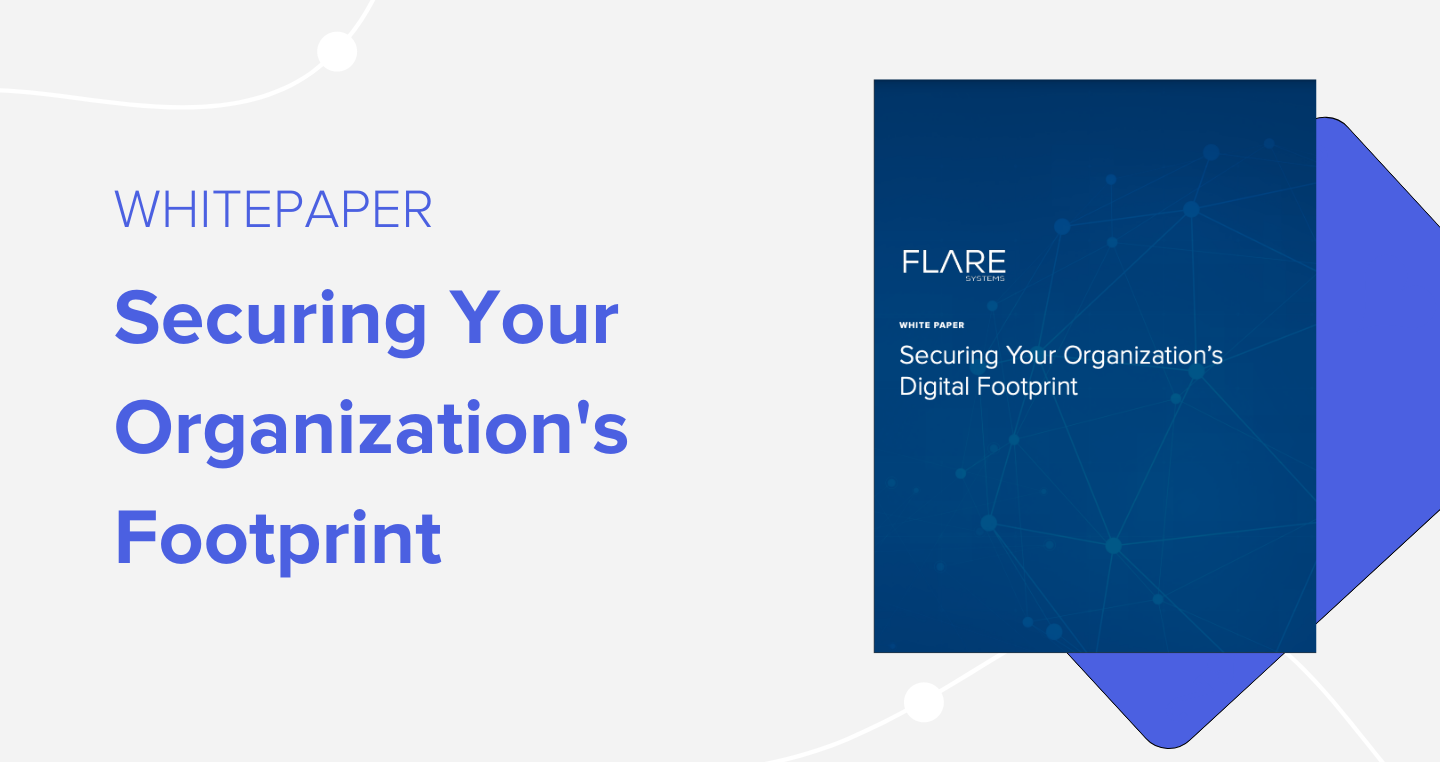When an organization’s vendor or business partner’s network is compromised and sensitive data is exposed, third-party data breaches occur. Cybercriminals target these third parties within an organization’s ecosystem, and industry experts estimate that approximately 60% of all data breaches can be attributed to third parties. Credit card companies, email service providers, internet service providers, and cloud providers are considered prime targets.
“Average cost of vulnerabilities in third-party software is $4.33 Million” -– IBM’s 2021 Cost of a Data Breach Report
Malicious actors utilize third-party targeting as a common tactic to maximize ransomware profit. Organizations that follow best practices and administer extensive security measures still face cybersecurity risks from third-party vulnerabilities, business partners, and clients. Since ransomware groups started targeting third-party vendors, partners, and even regulators, companies have experienced a loss of control over their data.
Organizations can request that third parties adhere to specific security standards. However, these standards are often difficult to enforce and verify before a breach occurs. Due to the nature of third party partnerships, there is an essential need to share relevant confidential information with partners, vendors, and suppliers, which makes third-party attacks challenging to prevent. Large organizations are more likely to interact with multiple third parties in their daily operations. Due to this, inadequate security in third-party networks puts these large organizations at the greatest risk.
Unfortunately, as recently seen in Microsoft’s security breach in February 2022, data breaches at well-known companies garner the most media attention. This phenomenon raises the additional issue of third-party data breaches leaking confidential information to competitors. A cyber extortionist often threatens to sell fraudulently obtained data to competitors, who would access the data if made public. This can affect an organization’s market position in ways that ransomware has never been able to. The loss of a company’s trade secrets, strategies, and client lists is an evolving 21st-century threat to an organizations’ value and operations.
The average organization works with several hundred partners and third parties, so it isn’t a question of “if” data will be exposed, but “when” and how badly a breach will damage a company’s reputation. Therefore, companies must continually monitor third parties for potential vulnerabilities to identify actual data that a third-party inadvertently exposed and enable immediate remediation.
“51 % of organizations have experienced a data breach caused by a third-party” – “A Crisis in Third-party Remote Access Security” report
Third party data breaches are an increasing phenomenon in the cybersecurity space. Understanding such cyber risk is essential for businesses to continually reduce their attack surface and accelerate their threat detection and mitigation times.
Flare Reduces Cyber Risk
The impact of Cyber risks can have lasting consequences for businesses. CISOs and fraud analysts looking for better ways to prevent cyberattacks against their networks turn to Flare for practical digital risk mitigation strategies that they can depend on.
Learn more about the different types of cyber risks and how they can affect your cybersecurity posture with Flare’s new whitepaper: Securing Your Organization’s
Digital Footprint in 2022 and Beyond.
Do you want to monitor the dark web, find data leaks, manage your external attack and accelerate your cyber reconnaissance today? Click here and sign up for Flare’s self service platform trial. No sales call, one click away and Instant access.
If you’d like to learn more and want us to show you the platform, start now by booking a walkthrough with Flare today!




